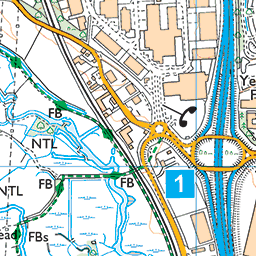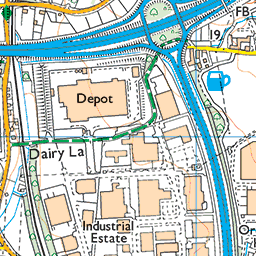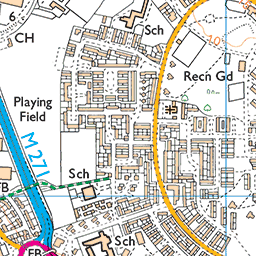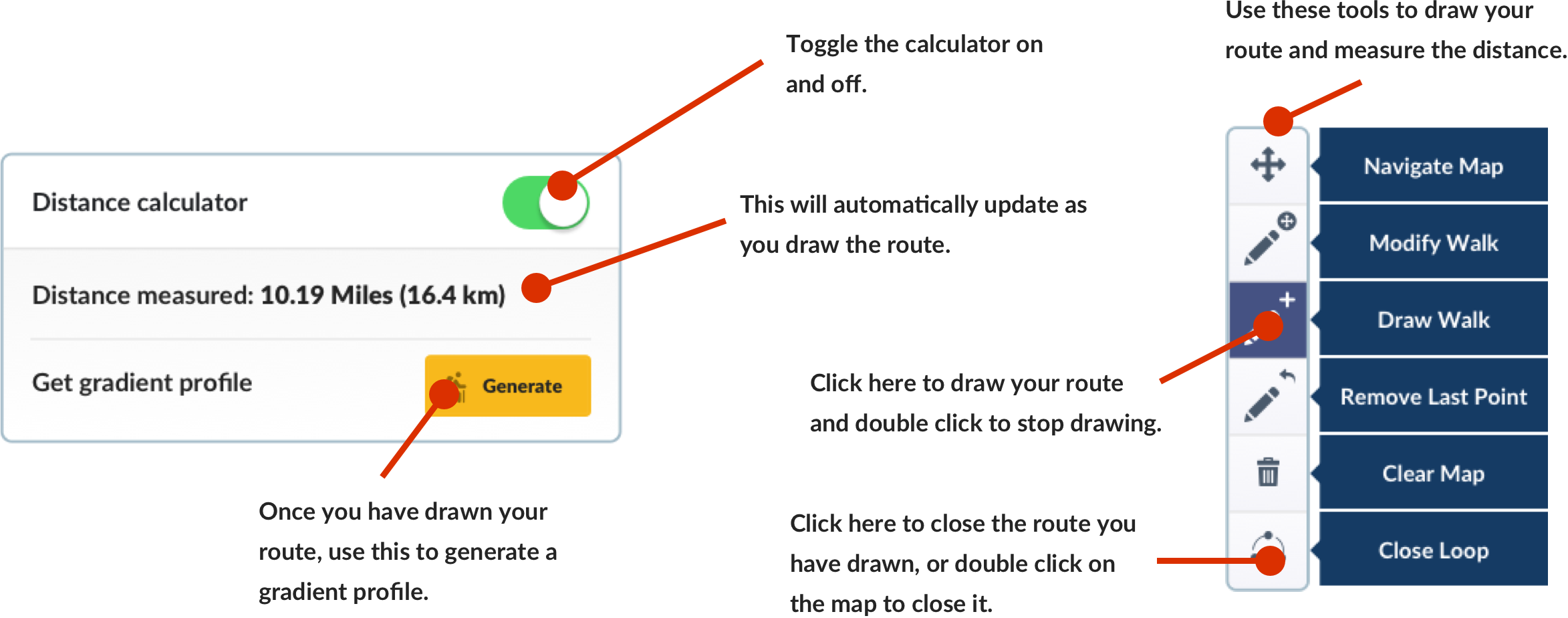Pembrokeshire Coast Path Map and Information
See the map and find answers to the most common questions about the Trail below
Twisting and turning along the most breath-taking coastline in Britain the Pembrokeshire Coast Path offers 186 miles (299 Km) of spectacular walking. With rugged cliff tops, sheltered coves, wide-open beaches and winding estuaries it’s a truly stunning walk. Enjoy the beautiful coastal flowers and bird life, and if you are lucky glimpses of marine wildlife, and relax at the end of the day in one of the small coastal villages.
Use the Map Filter to see places to visit and where to stay along the Pembrokeshire Coast Path. View information on the map by ticking the boxes in the Map Filter.
Added to your Itinerary Planner below
Distance calculator
Customise your trip with our filters.

Toggle between the options below to show available markers.
General info Equestrian Info Cycling InfoAccommodation
Points of interest
Services
Routes
Accommodation
Points of interest
Transport
Accommodation
Points of interest
Transport


















The custom route elevation is created when you use the distance calculator (above) to draw a line.

Using the GPX downloads
Please be aware that the “full” GPX file available to download above, may contain multiple tracks and some apps and websites may not be able to display this correctly.
Select the blue arrow tabs below for more details.
The Trail is 186 miles (299 km) long.
The official guidebook recommends a twelve day route (at around 15 miles (24 Km) each day). This is quite a challenging pace day after day and it is worth planning for at least some shorter days or spreading the walk over a series of visits.
In its entirety the Coast Path represents a formidable physical challenge – its 35,000 feet of ascent and descent is said to be equivalent to climbing Everest — yet it can also be enjoyed in shorter sections, accessible to people of all ages and abilities, with the small coastal villages strung out along its length offering welcome breaks and added enjoyment.
With all of the alternative routes for high tides, storm and firing ranges, the total maintained length is over 193 miles (312 Km). Depending on conditions and circumstances walkers will cover between 168 (270 Km) and 186 miles (300 Km) of the route. Once you have added on the walk to and from Trail to accommodation the figure is likely to be well over 200 miles (322 Km).
In winter the coastal sections can get very muddy, making it even more challenging and not always the best experience!
There are currently no major diversions on the route.
Work continues to make the trails accessible to more people.
Our Access for all page brings together access information about the National Trails including easy access walks and sources of further information.
Cardiff Airport is the closest to the Trail. Ryanair, KLM, Qatar Airways and Eastern Airways are amongst the airlines operating regular scheduled, charter flights, domestic and international flights to and from Cardiff.
To reach Amroth (the south end of the Trail) take a train to Kilgetty and then catch the 351 bus to Amroth (5km).
Trains on the northern line meet the Coast Path at Fishguard Harbour (Goodwick); on the western line at Milford Haven; on the southern line at Pembroke Dock, Penally and at Tenby. For detailed rail information please see www.nationalrail.co.uk
To reach St Dogmaels (the north end of the Trail) get a train to Haverfordwest then the T5 bus to Cardigan. Then take the 405 walker bus (Poppit Rocket) or walk to St Dogmaels 2.5km. The 405 also goes to Poppit Sands – to avoid another 2km of road walking (mostly no pavement).
There are National Express bus services from London and Birmingham. Pembrokeshire has a fleet of five coastal bus services that run regularly throughout the summer with a limited service between September and May. The buses cover most of the 186 miles of Coast Path National Trail and more information can be found on the Pembrokeshire County Council website. Fflecsi Pembrokeshire is a new on demand transport service operating in West Pembrokeshire and includes the coast between Neyland and Fishguard. Services run different routes each day to ensure that all people in the area can use the service. Trips must be booked in advance. Visit the Fflecsi website for more information and to book the service.
You can find public transport information and help with journey planning on the Traveline Cymru website or by calling 0871 200 22 33.
There are plenty of campsites along the Trail and they can be viewed on the Interactive Map.
If you plan to camp please note in England and Wales, there are normally no rights for national trail users to wild camp along the way – so seeking the landowner’s permission is recommended.
There are several companies that will arrange to move your bags for you, help you plan your trip, or arrange a full package.
View a list of these companies here.
The Pembrokeshire Coast Path has something to offer all the year round and many people prefer to walk when it’s cooler in spring or autumn, or even on exhilarating winter days. The best time depends very much on you, your interests and whether you enjoy the busy holiday season or would prefer to come during the quieter months. In summer it can be difficult to find accommodation especially for single nights, so you are advised to book well in advance.
In winter it can become very blustery and muddy, for a better experience it is best enjoyed in the Spring with migrating and breeding birds and wild flowers or Autumn with migrating birds and seal pups.
Many people walk the route from St Dogmael’s in the north to Amroth in the south. Most of the guidebooks are written this way, and stiles and gates are numbered in this direction. But there is no right or wrong way – plenty of people enjoy walking it in the other direction.
Other points to consider include:
We recommend that you take a map and/or guidebook with you, or a copy of the walk leaflet if you are doing a shorter walk. You may also find a compass useful.
If you are walking solo you may want to tell somewhere where you are going as there can be mobile black spots along the Trail. Ensure your phone is fully charged before setting off.
Weather in the UK can be changeable so it’s wise to be prepared. You’ll need good footwear, waterproofs and warm layers. Take plenty of water and just in case, pack a few plasters for your feet. In the summer you may need sun cream.
Walkers are advised that the mobile phone signal is unreliable or nonexistent on much of the coast, don’t rely on being able to use your phone to help you navigate. Wi-Fi is available at some accommodation and pubs/cafés along the route.
The UK is unique in having a network of paths that the public can use, this is the Public Rights of Way network. You can see these paths on Ordnance Survey maps.
National Trails are signed with an acorn symbol and/or the Trail name which you will see on stiles, gates and signposts. This is the symbol used by all the English and Welsh National Trails. In Pembrokeshire you may also notice the Wales Coast Path dragon shell symbol.
As you are walking along the Trail you will also see waymarkers pointing to other paths. You can use the public rights of way network to leave the Trail to explore places of interest, reach your accommodation and find places to eat and drink.
You will often find a coloured arrow on signs which indicates the status of that section of path. The most common are yellow arrows which are footpaths and blue which are bridleways.
A GPX file can be downloaded from the Create Your Own Trip page (the button is below the map).
There is a choice of accommodation close to the Trail, which can be viewed on the Interactive Map above or downloaded and printed a list of accommodation for each section of the Trail.
You may find other options on the Visit Pembrokeshire website.
The area is popular and accommodation can book up quickly in peak season so we recommend that you book it well in advance.
Visit our Walking Holidays Page for holiday inspiration for the Pembrokeshire Coast Path.
The official guidebook and map for the Trail are available from the The Trails Shop along with a wide range of gifts and other merchandise.
You can find a list of Ordnance Survey maps for the Trail here.
Certificates are available from the The Trails Shop.
There is a range of useful leaflets to download, such as Mileage Charts & Information Guides. Find these in the Further Information section.
There are some great walks to help you explore the spectacular Pembrokeshire Coast whether you are looking for beaches, headlands, cliffs or quaint seaside towns. Find the perfect walk for you in the Further Information section.
Feeling inspired? Build a bespoke itinerary and start planning your visit to this great National Trail here.
If you have feedback or a question about the Pembrokeshire Coast Path, please contact the Trail Manager.

The listing you have clicked on is located on or close to more than one trail. Please select the trail you are interested in below to view the listing.
%buttons%